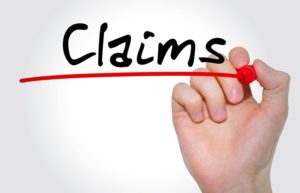The rent-a-room scheme is a set of special rules designed to help homeowners who rent-a-room in their home within certain limits to pay no tax on the lodger’s rents. The limit increased to a generous £7,500 from 6 April 2016 and remains unchanged for 2018-19.
The relief applies to the letting of furnished accommodation and was traditionally used when one bedroom in a home was rented out to a lodger for an extended period. However, the relief can also be used when rooms in your house are rented out online for short-term lets.
The government is currently reviewing whether short-terms lets are an appropriate use of tax relief, or whether the relief should more explicitly support residential accommodation provided on a longer-term basis, or for a certain purpose. However, no changes have been announced to date.
The relief also simplifies the tax and administrative burden for those with rent-a-room income up to £7,500. The limit is reduced by half if the income from letting accommodation in the same property is shared by a joint owner of the property.
Planning points:
The rent-a-room limit includes any amounts received for meals, goods and services provided, such as cleaning or laundry.
If gross receipts are more than the £7,500 limit taxpayers can choose between paying tax on the actual profit (gross rents minus actual expenses and capital allowances) or the gross receipts (and any balancing charges) minus the allowance – with no deduction for expenses or capital allowances.







